What’s black and white and was watched all over? No, not a riddle. The answer? A delightful film that people of all ages can enjoy about Dalmatian puppies.
101 Dalmatians is a Disney live-action remake of the 1961 animated film by the same name. Both are based on the book The 101 Dalmatians by Dodie Smith. The script is written by John Hughes, writer for Home Alone and The Breakfast Club. In the 1996 remake, directed by Stephen Herek, Anita, a fashion designer played by Joely Richardson and Roger, played by Jeff Daniels, meet and fall in love, thanks to the help of their shared interest: their pet dalmatians, Perdita and Pongo. The two dogs have puppies; meanwhile, Cruella de Vil, Anita’s evil boss, will stop at nothing to get dalmatian fur to bring Anita’s designs inspired by her dog to life. This family-friendly adventure/comedy film is appropriate for kids and adults alike. The movie is rated G.
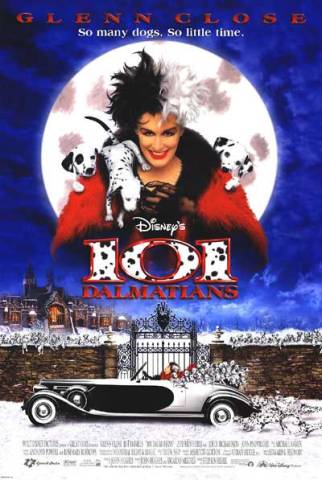
While the characters were not new, they were reinvented in great ways. In particular, Roger’s reinvention as a video game designer was a fresh new take to update the movie; in the animated film, he was a songwriter. Anita’s character as a fashion designer was nice, although it didn’t particularly stand out to me; I did find that the revision to her character helped the storyline move along more smoothly than it did in the animated film, when Cruella de Vil was a former schoolmate of Anita, instead of Anita’s employer. Cruella de Vil stands out among villains because I wouldn’t normally think of an iconic movie villain as being someone who wants puppy fur, but her character is just evil enough for children to see her as evil without being terrified of the film, and also evil enough for adults to recognize her as a terrible person.
The dialogue between the characters sometimes seemed a little too quippy and quick to be lifelike at times, but I liked that because the dialogue seemed to mirror the quip of cartoons. The movie was a perfect balance between everything I love about the quirkiness of cartoons and believability. No character seemed out of place, and all of the conflicts, from the sadness the characters faced when losing their dogs, to the struggle to get their dogs back, made sense within the story. I felt happy when Anita and Roger were in love, and upset with Cruella and her minions for wanting to steal the puppies for clothes, even when they seemed like caricatures of villains. Even the dogs made sounds that seemed to give them personalities of their own.
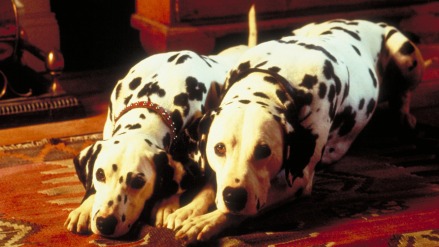
Jeff Daniels as Roger and Joely Richardson as Anita had wonderful chemistry together. Glenn Close was entertaining and eccentric, but really encapsulated the evil nature that Cruella de Vil was meant to have.
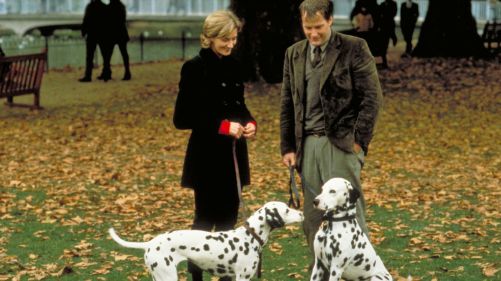
The film moved quickly from shot to shot, which is nice for younger audiences or viewers who get distracted in long, drawn-out scenes. The cinematography shifted from scenes with darker, cooler coloring when evil characters were present, to bright, warm colors in the absence of evil characters.
The most impressive scene in the film was when the puppies were trying to escape from the men who stole them, and they slid down a pipe. At that point, the puppies were created through CGI, but it took me a minute to even realize it. I thought the immediate shift from the animation to actual living puppies was almost unnoticeable and clever.
The music, from the very of the beginning of the film, added to every scene. The score in the first scene made me feel like I was going on an adventure– and the movie really does take you on one.
The movie was open and shut, with not a lot of lessons to be learned, but I enjoyed watching a film that I could be entertained by and follow without having to be in too much deep thought. I watched this movie as a child, when I was probably four or five years old. I’ve rewatched a lot of movies over the years that I saw as a child, and I’ve been disappointed by how cheesy they are when I see them again, years down the line. 101 Dalmatians was one of the exceptions. I was enthralled from beginning to end, and wouldn’t mind sitting down and watching it with a friend.
The year 101 Dalmatians hit theaters, it earned $136 million dollars domestically, and $320 million dollars around the world. You’ll be hard-pressed to find the film on DVD in stores, since it was discontinued as a stand-alone DVD in 1996. You may still be able to track it down online, but it sells for a whopping $40.00 if you buy it used on Amazon, so iTunes might be your best bet. If you do get your hands on a DVD, the bonus features are a trailer of the film and an “Additional Titles” menu that recommends four preceding titles.
I couldn’t spot a single thing I would want to change about this movie if I had the chance. It’s really held up over time, and is aesthetically pleasing, and memorable– in the best possible way. A+!

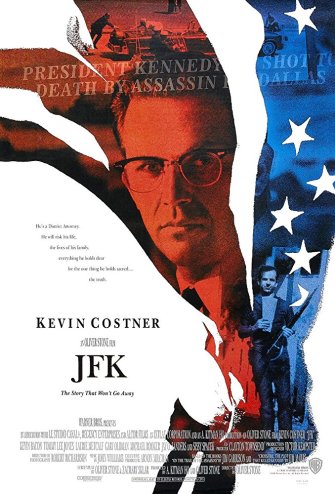
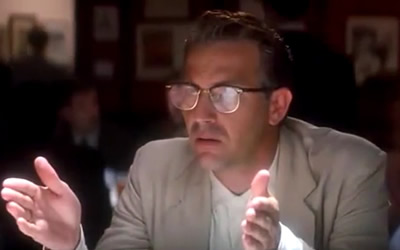
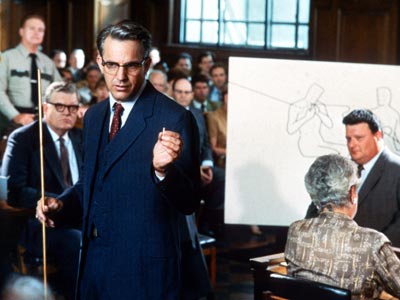
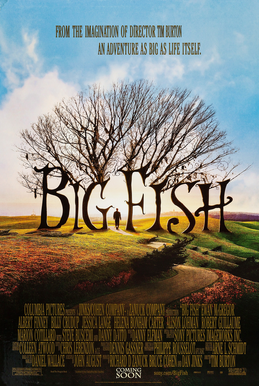
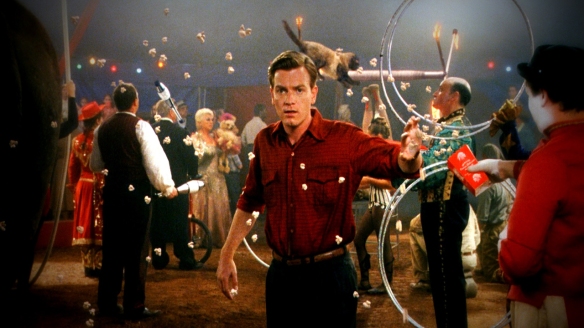
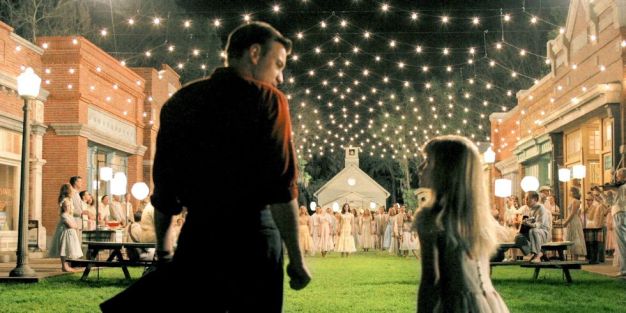
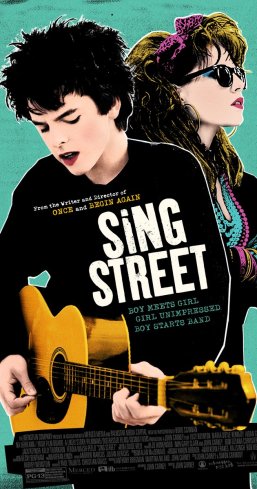
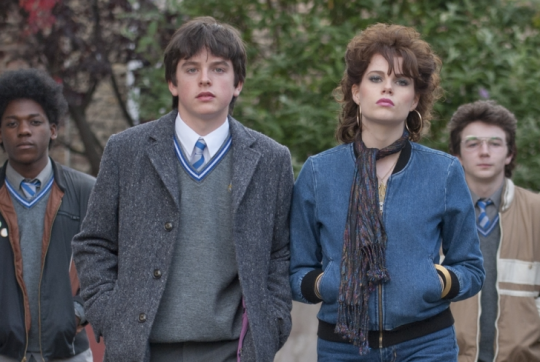
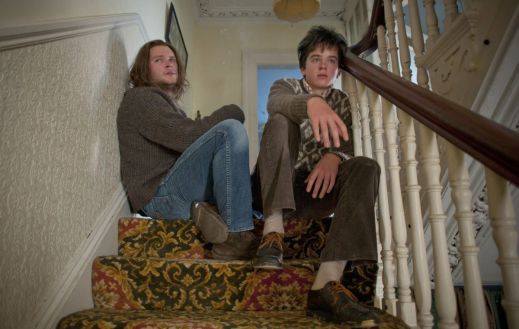
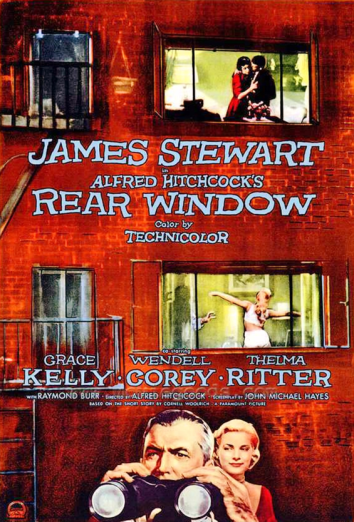
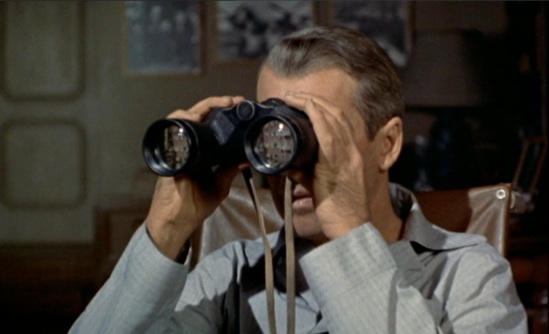
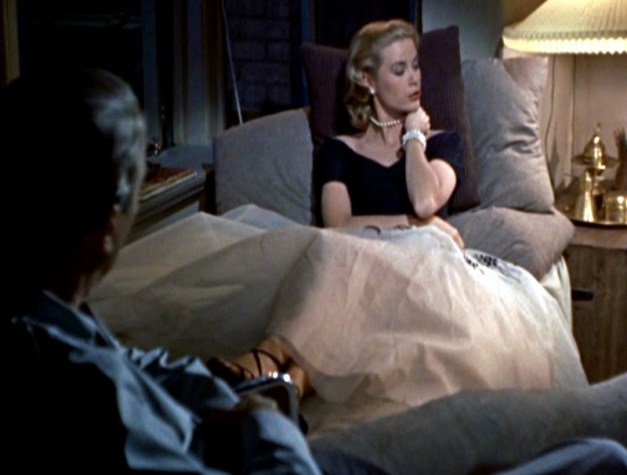
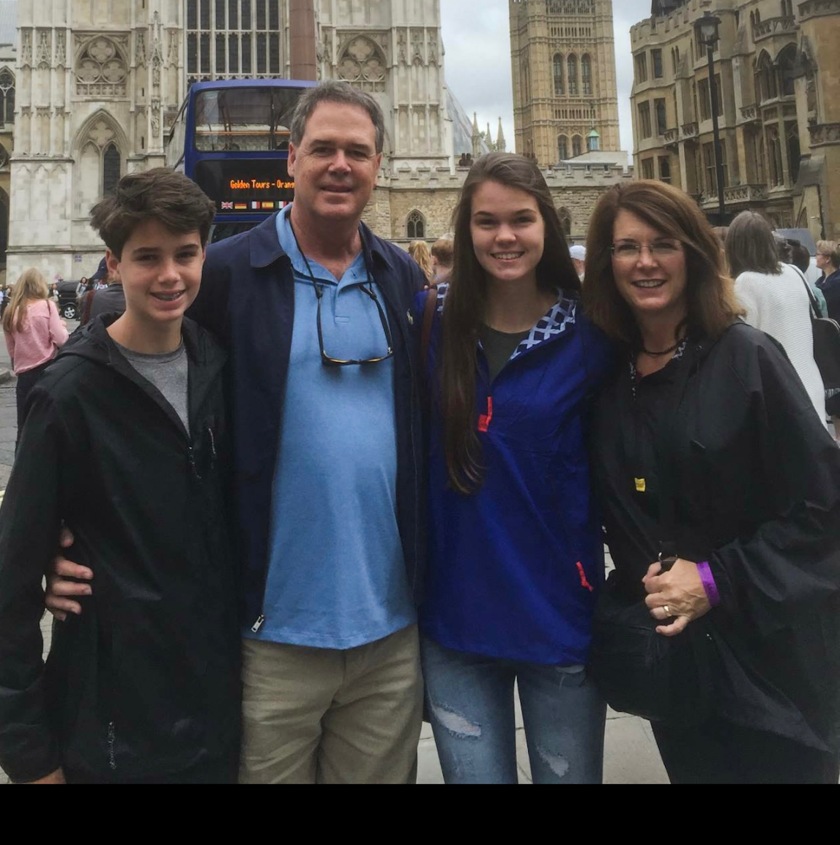
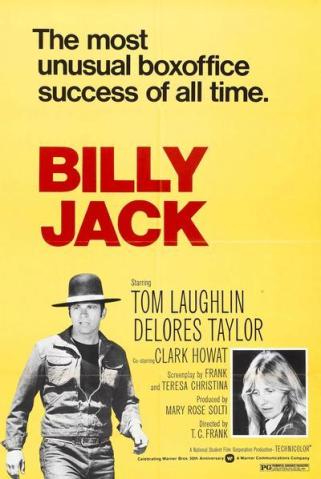
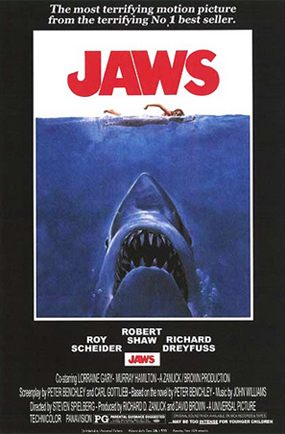
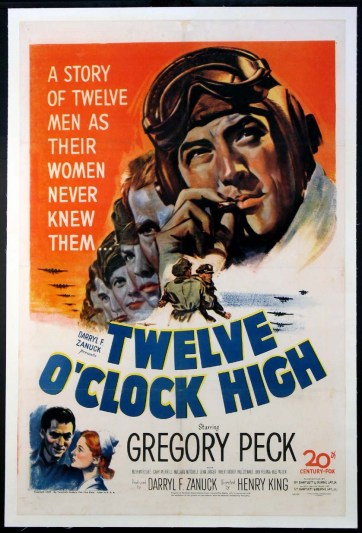
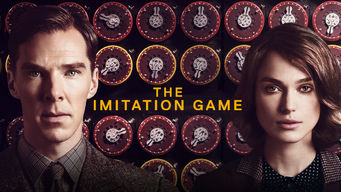
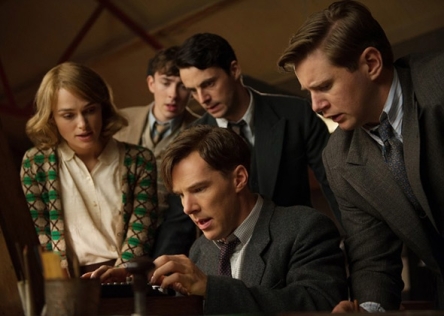
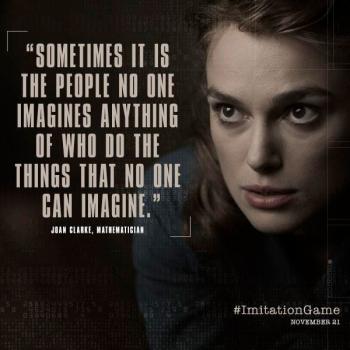
 One of the first movies I remember seeing, although I’m sure I saw others before it, was The Wizard of Oz. Although I wasn’t exactly that critical of movies when I was 6, I was fascinated b
One of the first movies I remember seeing, although I’m sure I saw others before it, was The Wizard of Oz. Although I wasn’t exactly that critical of movies when I was 6, I was fascinated b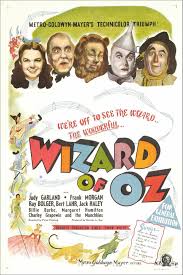 writing is
writing is 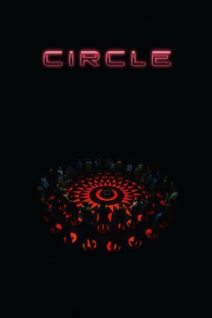 implication or statement that a viewer can relate to. The best example of that
implication or statement that a viewer can relate to. The best example of that 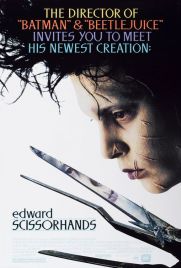 fascinated with unusual films, like Tim Burton’s. Particularly, I love his animated movies, like The Nightmare Before Christmas, but I also appreciate his live-action films, like Edward Scissorhands and Big Eyes. I can’t think of many genres that I’m intrinsically opposed to, although I don’t enjoy movies that are sexually explicit.
fascinated with unusual films, like Tim Burton’s. Particularly, I love his animated movies, like The Nightmare Before Christmas, but I also appreciate his live-action films, like Edward Scissorhands and Big Eyes. I can’t think of many genres that I’m intrinsically opposed to, although I don’t enjoy movies that are sexually explicit.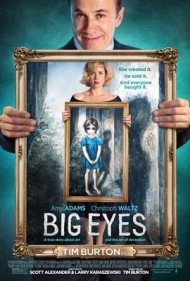 good about the movie in the state that it is in? What isn’t so good?
good about the movie in the state that it is in? What isn’t so good?